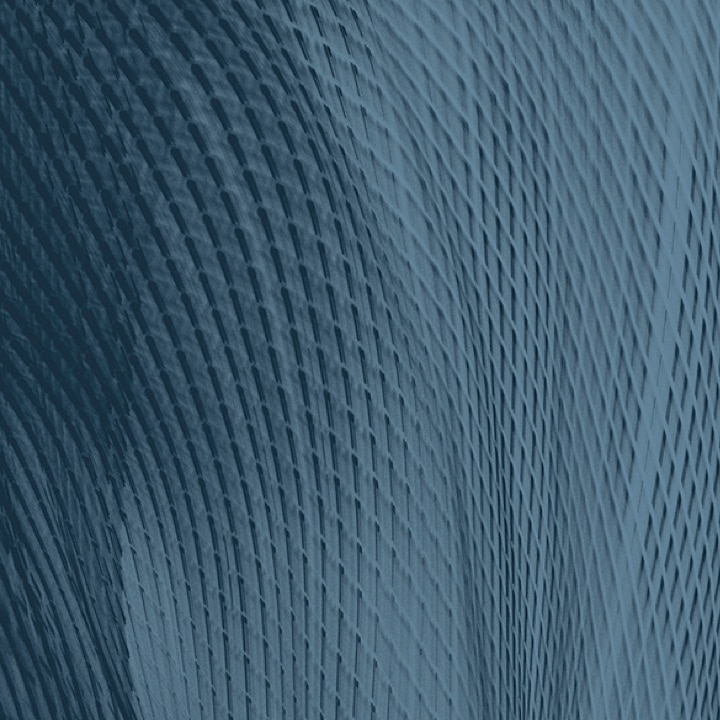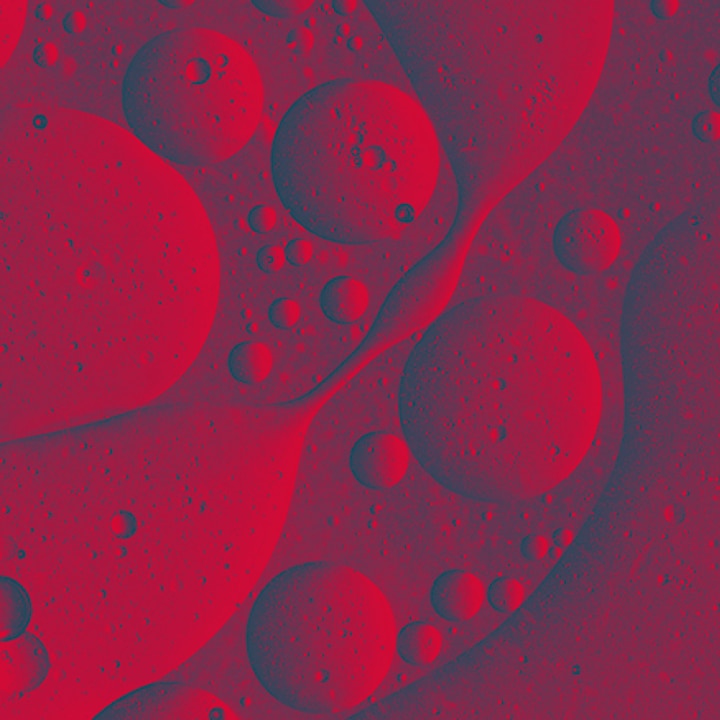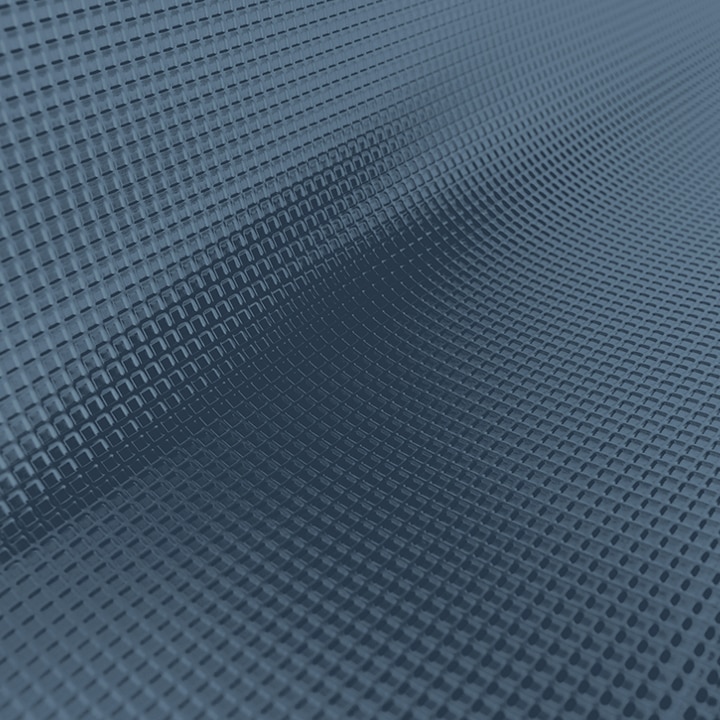TM17 and TEQ - Mass vs. Toxicity: Two Ways to Measure Dioxins and Furans
Dioxin emissions and environmental data are reported to governments under certain regulations. These data can be represented in two ways, depending on the reporting requirements.
Each year, industries in the U.S. report transfers and releases of dioxins and furans as part of the Toxics Release Inventory (TRI). The reporting format, required by the U.S. Environmental Protection Agency (EPA), is total mass (weight) of dioxin in grams (one gram is equal to approximately 0.035 of an ounce, or less than a 1/4 teaspoon). This reporting format is referred to as TM17 because it represents the total mass of the 17 dioxins and furans which are the focus of regulatory action.
A more common reporting method, and the one used by U.S. EPA in most of its regulatory programs, is to report dioxin in grams of Toxic Equivalents (TEQ). This method accounts for the differences among the 17 compounds by estimating toxicity of the individual dioxin compounds using a Toxic Equivalency Factor (TEF). The most toxic dioxin compound as demonstrated in laboratory animal studies is assigned a TEF of one. Each of the remaining dioxin compounds is assigned a TEF value between zero and one. TEFs, developed by the World Health Organization (WHO), are used extensively by scientists and governments around the world. In contrast to reporting total mass of dioxin, the TEQ method imparts an improved estimate of the toxicity of the reported dioxin mixture. Thus, the identical dioxin sample may be described in two different ways. The amount of dioxin is the same whether it is measured in TM17 or TEQ. No matter how you calculate it, the total dioxin emissions and environmental levels are declining. For more information, please see the Dioxin Toxicity and Toxic Equivalency Factors information at DioxinFacts.org.
Toxicity
Different dioxin and furan compounds vary greatly in their demonstrated ability to cause adverse health effects in laboratory animals and presumably in humans. The most toxic of the chlorinated dioxin and furan molecules in laboratory animals is 2,3,7,8-tetachlorodibenzo-p-dioxin (TCDD). Even among different species of laboratory animals the sensitivity to TCDD effects varies widely.
In general, it is only dioxin and furan molecules that carry chlorine atoms in at least the 2, 3, 7 and 8 positions (see picture below) that are the focus of regulatory action. There are 17 of these dioxin and furan compounds and 12 PCB compounds that have TEF values that contribute to a TEQ estimate.
Because dioxins and furans are normally encountered as mixtures, a system is in place to estimate the mixture's toxicity relative to the most toxic dioxin compound (2,3,7,8-TCDD). The potency of the other 16 compounds relative to 2,3,7,8-TCDD, is referred to as the toxic equivalency factor, or TEF. In 1998 the WHO released potency values for the 17 dioxin and furan compounds and the 12 PCBs. The most potent compounds were assigned a value of 1. The remaining 193 of the 210 total chlorinated dioxin and furan compounds do not have chlorines in the 2, 3, 7 and 8 positions (see picture above), so are not considered as posing significant health and environmental risks and are not ranked in relationship to 2,3,7,8-TCDD.
In 2006, the WHO released the results of an effort to re-evaluate the TEFs, and a panel of the National Academy of Sciences (NAS) released a report of its review of EPA's draft dioxin reassessment, in which it considered the uncertainties surrounding TEF values. The WHO process resulted in changes to the TEFs for four of the 17 dioxins and dioxin-like-compounds, with 2 values increasing and two decreasing. The NAS panel recommended the continued use of TEFs but cautioned that there is uncertainty in their use, and the uncertainty needs to be described using probabilistic methods. The WHO committee in charge of establishing TEF values continues to recommend TEFs for characterizing exposure but cautions against their use in risk assessment, especially in circumstances involving sediment or soil contamination.
Overall, there are many important scientific criticisms about the accuracy and validity of TEF values used to relate the potency of a number of dioxin and furan compounds to 2,3,7,8-TCDD. Despite the revisions published in 2006, a number of scientists recognize that the TEF approach exaggerates the risk to humans. Future improvements in our understanding of the relative toxicity of the various dioxins and furans will allow a more realistic and scientifically valid means by which to estimate the potential for harm.
I-TEQ and WHO-TEQ: Two measures of toxic equivalents
There are two systems for quantifying toxic equivalents referred to in this web site. Dow has been reporting its data in International or I-TEQs, which were established in 1989 and revised a number of times. The World Health Organization (WHO) convened a meeting in 1997 in order to harmonize the various methods being used to quantify toxic equivalents of dioxin. The 1997 WHO TEF values were reported in a scientific paper by van den Berg et al. in 1998 and are referred to as the WHO-TEFs. The WHO in 2005 completed a reevaluation of the TEFs, and the results were published in 2006. This resulted in changes to 4 of the 17 dioxins and furans and 12 PCB dioxin-like compounds, with two increasing and two decreasing.
Data reported on this web site use I-TEQ since that was the system in place when our dioxin emission reduction goal was set in 1995. This system is also used by U.S. EPA. Data from other sources may utilize WHO-TEQ and this is noted when cited on this web site. The WHO-TEFs are slightly different from the I-TEF values and this difference can change the TEQ value that is reported for an environmental mixture. However, in practice, little difference usually exists between toxicity potential between the I-TEFs and WHO-TEFs when it comes to characterizing risk.




